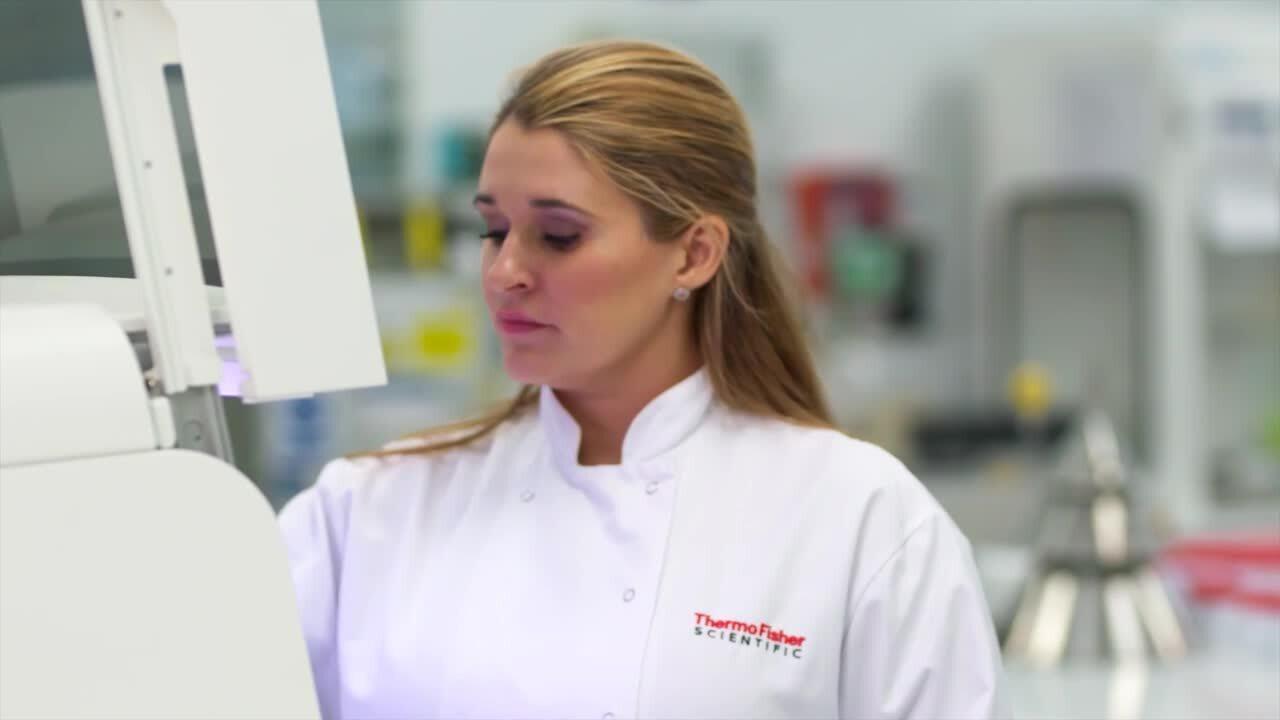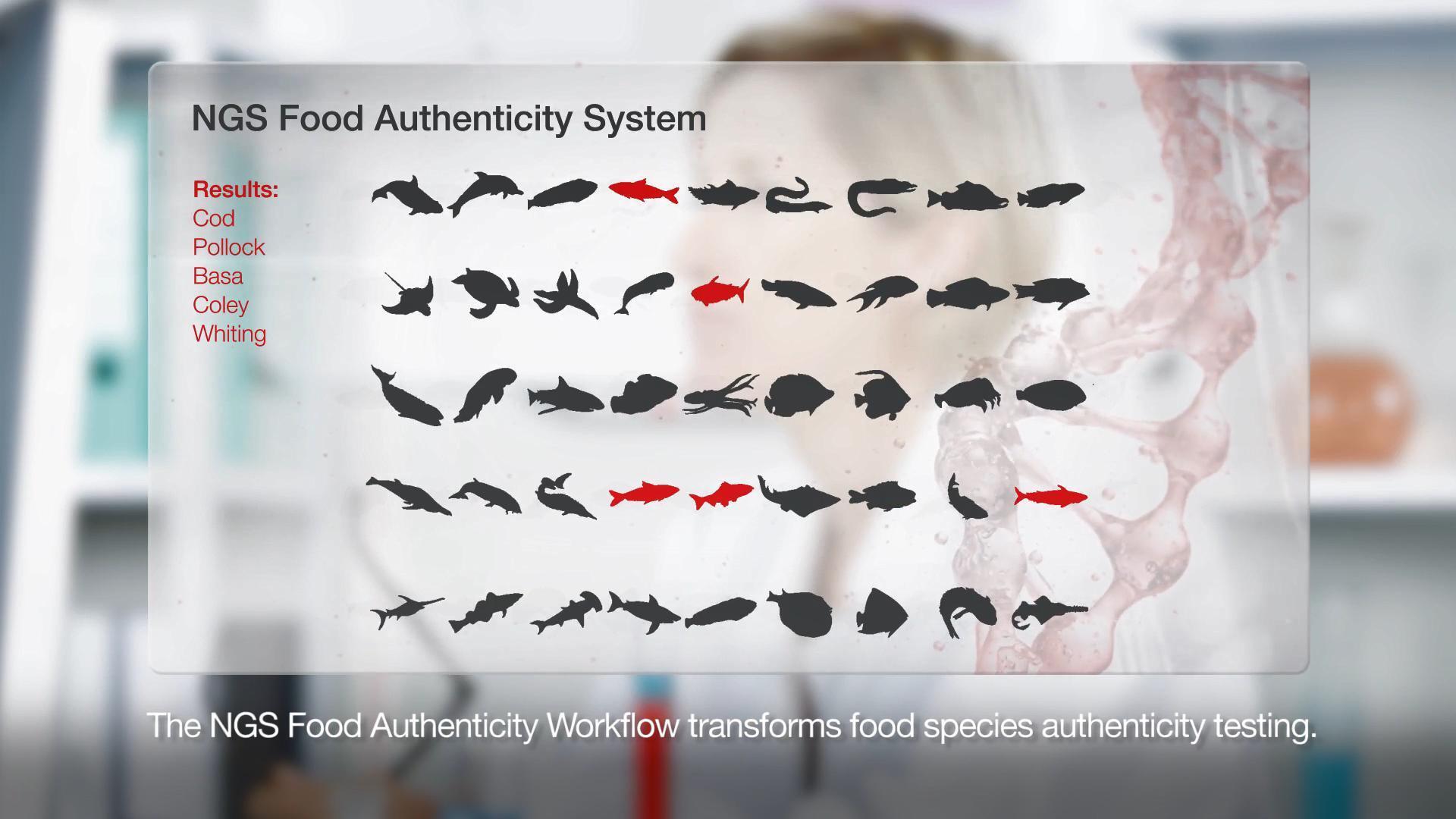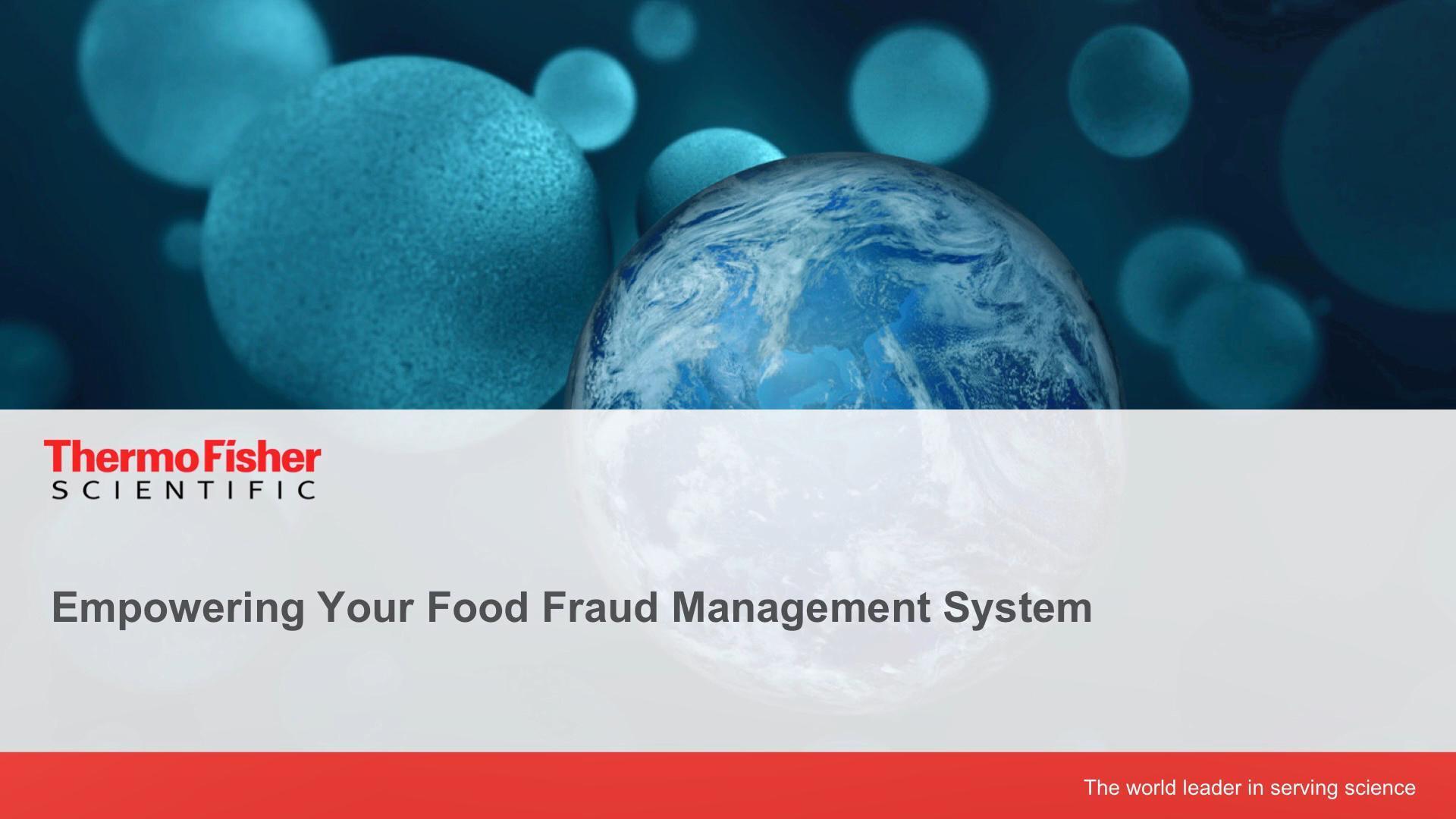Search Thermo Fisher Scientific
NGS Food Screening for Species Identification

Combat food fraud with a complete next generation sequencing workflow for in-house multi-species ID
Having confidence in the authenticity of your food ingredients is essential to protect your brand against food fraud: a topic of increasing concern in the food industry and an area highly regulated by authorities through food labelling regulations. Food fraud costs the food industry around $15 billion globally1, 2 however the complexity of the food supply chain is challenging the abilities of analytical tools used for traceability of ingredients. The Thermo Scientific™ Next Generation Sequencing (NGS) Food Authenticity Workflow brings the power of NGS technology to your lab making it possible to identify the plant, fish and meat species contained in the most complex food samples. Let us help you to protect your customers and your reputation against intentional, or accidental, adulteration.
Popular NGS Food Species Screening Products

Free on-demand webinar: Minimizing the risk of Food Fraud in the pandemic
Speaker: Dr. Bert Pöpping
The food supply chain can be daunting due to its extraordinary complexity. The coronavirus crises amplify the opportunities for fraud dramatically as in-person audits are no longer possible to uncover hidden rooms and storage areas or forbidden materials. This places a significant burden on food analysts to find food fraud through laboratory testing.
In this webinar, hosted by Select Science, Dr. Bert Pöpping, will explore the recent developments in the molecular methods field and put these methods in the context of standardization and existing public and private law. Dr. Pöpping will highlight the activities of government bodies, not for profit organisations like AOAC, ILSI and USP, and private law schemes like BRC, IFS, and SQF, and emphasize how the development of methods for species determination can help to detect adulteration.
Initiate in-house species testing for rapid answers with a complete, simple NGS workflow
Identification of the species present in food and feed samples is a critical step for proof of authenticity, traceability of raw materials, and quality control of handling and cleaning processes in food production lines.
The Thermo Scientific NGS Food Authenticity Workflow is a new solution for verifying and authenticating products for improved traceability and food safety. It brings together SGS™ All Species ID Food DNA Analyser Kits for meat, fish and plant species with the Thermo Fisher Scientific™ Ion Torrent™ Next Generation Sequencing platform and the SGS™ All Species ID Software. Barcoding of samples with exclusive barcoded DNA sequences enables the analysis of multiple food and feed samples in a single run.
Simple: streamlined NGS workflow with with ready to use kits for DNA extraction and library preparation ahead of automated templating, sequencing and data analysis.
Comprehensive: screening of food samplesagainst an extensive database of meat, fish and plant species, including exotic variants, gives accurate detection and differentiation of expected and unexpected species.
Rapid: sample to result in as little as one day.

Transform food authenticity testing with in-house NGS species identification
Discover how the untargeted approach of the NGS Food Authenticity Workflow could transform your food authenticity testing and deliver:
- Better supply chain control
- Improved product quality assurance
- Higher levels of confidence
- Reduced risk of recalls and notifications
- Increased brand protection and consumer trust
Benefits of an untargeted screening approach
The most common molecular method to verify species substitution and species identification is real-time PCR. However, PCR testing is limited by the number of targets that can be simultaneously identified and differentiated and requires knowledge about which species to search for. This can be critical, especially when testing highly processed and complex foods that often contain multiple different species.
The introduction of Next Generation Sequencing (NGS) into the food sector revolutionizes food authenticity testing. An NGS untargeted approach enables accurate detection and differentiation of thousands of different species in each sample using DNA sequencing which is recognized as the most reliable method for species identification.
At the end of an NGS analysis, millions of individual sequences are obtained making it possible to identify species in complex foods containing multiple ingredients. This is because each DNA-containing ingredient will produce a single and unique DNA sequence. The sequences obtained can be compared against a database resulting in a complete list of all the species present in the sample.
There is no requirement for previous knowledge of the supply chain, or which targets to search for. This means that now the question can be simply; “which meat species are in my sausage meat?”, or “are there any other plants in my dried oregano”, and “can I defend my label claims?”
Empowering your food fraud management system
Learn about the considerations for setting up a food fraud management system, including conducting a vulnerability assessment and developing a mitigation strategy, through the approach that Nestlé has taken to tackle food fraud throughout a complex global food supply chain.
NGS Food Authenticity Workflow Products
| Catalog # | Name |
|---|---|
| Ion Torrent Food Protection Instruments | |
| Low Throughput Gel Electrophoresis | |
| High Throughput Gel Electrophoresis | |
| Quantification | |
| Amplification | |
| Purification | |
| DNA Extraction | |
| Library Preparation | |
| Qubit Consumables | |
| Low Throughput Gel Electrophoresis | |
| High Throughput Gel Electrophoresis | |
| Sequencing Consumables | |
Ion 510™ & Ion 520™ & Ion 530™ Food Protection Kit – Chef (1 sequencing run per initialization) | |
Ion 510™ & Ion 520™ & Ion 530™ Food Protection Kit – Chef (2 sequencing runs per initialization) | |
1 GMA (2010) “Consumer product fraud: Deterrence and detection.” 2 Kircher, A. (2012) “Tools for protecting the nation’s food supply,” National Center for Food Protection and Defense.
Resources
- Poster: One Year of Next Generation Sequencing (NGS) Data Collection for Food Analysis: Overview of Meat- and Fish-based Samples
- Poster: Food Authenticity with Next-Generation Sequencing
- Brochure: NGS Food Authenticity Workflow Overview
- Poster: How to Identify Meat and Fish Species in Complex Food Products
- Poster: NGS for Food Authenticity Traceability and Safety
- Poster: Food Authenticity Testing with Next-Generation Sequencing
- Poster: DNA extraction for food authenticity NGS
- Poster: Comparison of DNA extraction protocols for downstream food authenticity NGS
- Poster: NGS workflow applied to analysis of commercial spices and herbs
- Poster: NGS used to study adulterated beef using Ion Genestudio S5 food protection System
- Poster: NGS for detection of meat, fish and plant species in pure and mixed species samples







